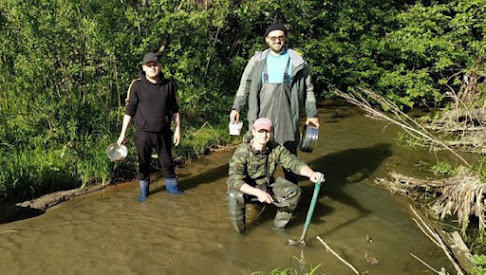 |
| Shaoqin “Sarah” Gong Source: University of Wisconsin–Madison |
In new research published in the journal Nature Nanotechnology today, the lab of Shaoqin “Sarah” Gong, a professor with the Wisconsin Institute for Discovery at the University of Wisconsin–Madison, reported a new nanoparticle-based treatment that delivers anti-inflammatory molecules and antibiotics.
The new system saved the lives of mice with an induced version of sepsis meant to serve as a model for human infections, and is a promising proof-of-concept for a potential new therapy, pending additional research.
The new nanoparticles delivered the chemical NAD+ or its reduced form NAD(H), a molecule that has an essential role in the biological processes that generate energy, preserve genetic material and help cells adapt to and overcome stress. While NAD(H) is well known for its anti-inflammatory function, clinical application has been hindered because NAD(H) cannot be taken up by cells directly.
“To enable clinical translation, we need to find a way to efficiently deliver NAD(H) to the targeted organs or cells. To achieve this goal, we designed a couple of nanoparticles that can directly transport and release NAD(H) into the cell, while preventing premature drug release and degradation in the bloodstream,” says Gong, who also holds appointments in the Department of Biomedical Engineering and the UW School of Medicine and Public Health’s Department of Ophthalmology and Visual Sciences.
The interdisciplinary work was led by Gong along with Mingzhou Ye and Yi Zhao, two postdoctoral fellows in the Gong lab. John-Demian Sauer, a professor in the Department of Medical Microbiology and Immunology, also collaborated on the project.













.jpg)

